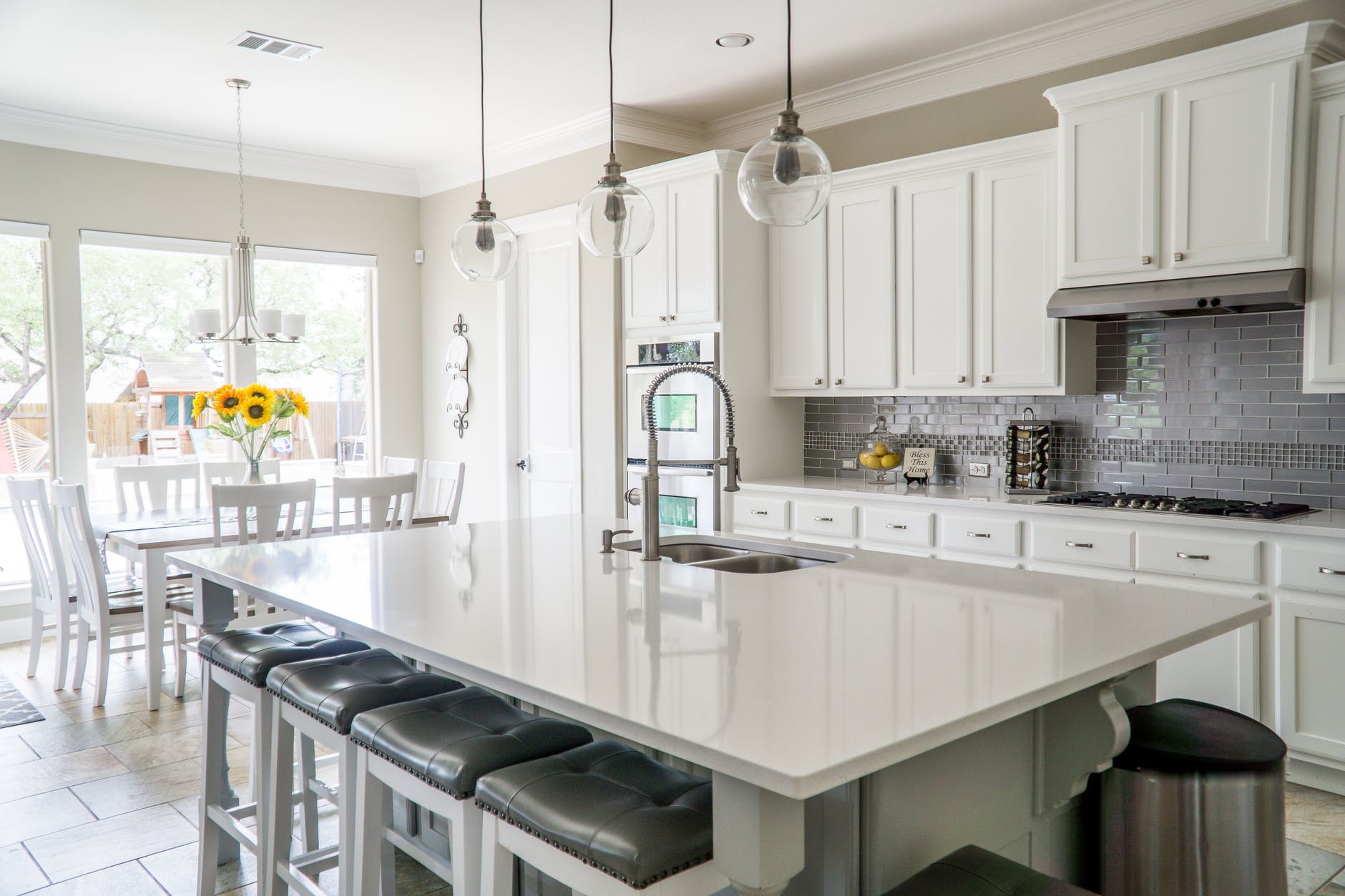
Photo by Mark McCammon on <a href="https://www.pexels.com/photo/kitchen-and-dining-area-1080721/" rel="nofollow">Pexels.com</a>
Thinking of becoming a property flipper? Property flipping involves buying a property at a low price, restoring/renovating it and then selling it for a higher price. The key to success is to spend a low amount of money improving the property while adding as much value as possible. Many successful property flippers can end up earning tens of thousands from a single property. Below are just a few tips on how to flip property successfully.
Set your budget
One of the biggest downsides of property flipping is that you need a lot of funds upfront. This needs to be enough money to cover the down payment on the property and any improvements that you plan to carry out (in most cases, you’ll need at least $30,000).
Work out exactly how much you can spend. It’s important that you don’t exceed your budget so that you don’t have to resort to extra loans that could affect your profits in the long run.
Inspect properties thoroughly
Before buying a property to flip, always give it a thorough inspection. This will give you a good idea of how much work is needed and whether that fits within your budget. Never blind-buy a property, as you could end up taking on more than you can afford.
Many people buy properties through auction. The auction catalogue is usually released a few weeks before – within this time, make an effort to view any properties you may be interested in bidding on. Find out as much information as you can as to the condition of the property.
Shop around for loans
Most people – especially first-time property flippers – cannot afford to buy property outright. This means taking out a mortgage.
There are specialist private loans that you can take out for property investments such as flipping. These often have quite high down payments (about 20%) but there may be perks such as not having to pay anything back for the first year (this allows you to work on improving the property without having to worry about mortgage repayments).
Identify the biggest value boosters
There could be a lot of improvements that you feel like making to the property. Try to focus on the improvements that will add the most value (without costing too much in the process).
What are a few big value boosters? Firstly, you should focus on fixing any noticeable damage. Roof repair is often a big value booster. Next, consider adding in a new bathroom or kitchen if the old one is dated or worn. This can help add thousands to the value. Finally, finish off by tidying the yard (if the property has one) and adding a new lick of paint. Keep the decor neutral to appeal to as many buyers as possible.
Reduce remodelling costs via sweat equity
You want to spend as little money improving the property as possible. A great way to ensure this is to rely on sweat equity. This involves doing as many improvements as you can yourself without having to hire contractors.
It’s advisable that you hire professionals for some tasks like electrics, plumbing and roof repairs that could be dangerous if you don’t know what you’re doing. However, tasks like painting, tiling, landscaping and laying flooring are worth attempting oneself and could save you a lot of money.


